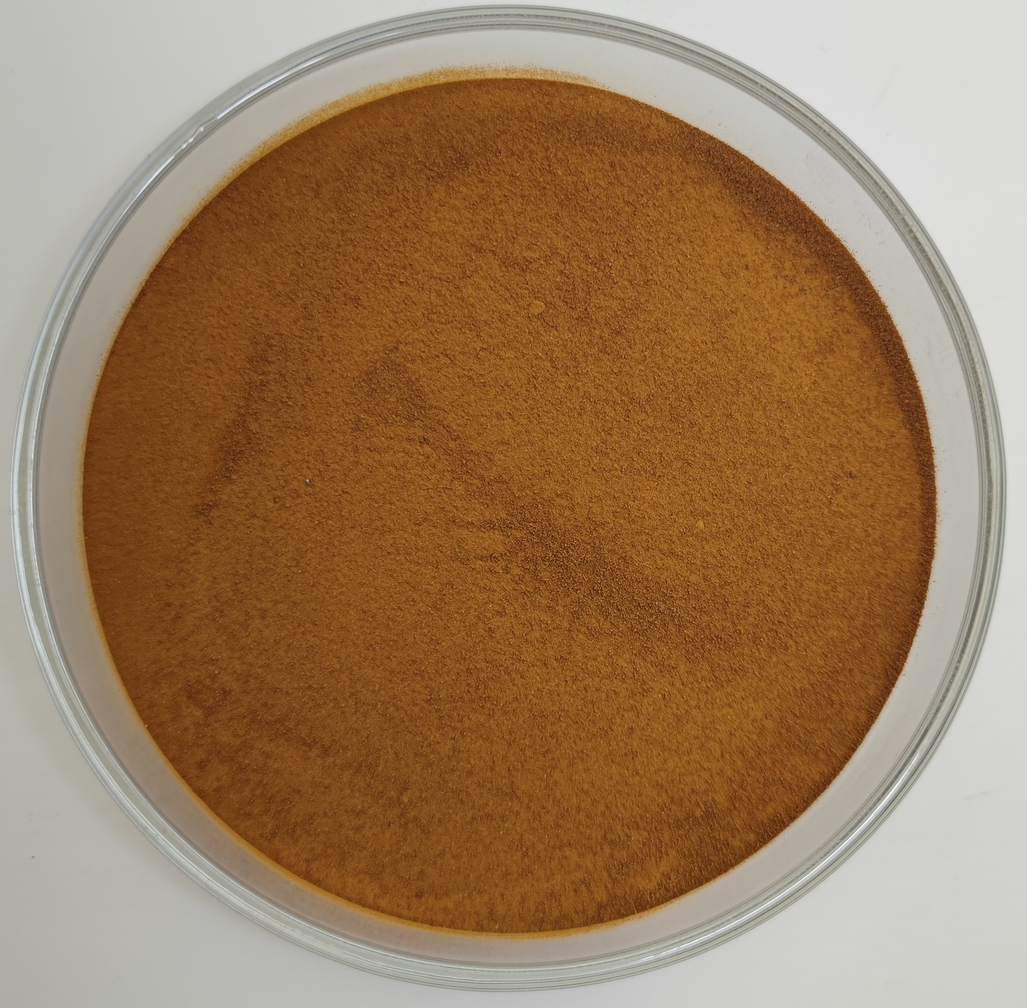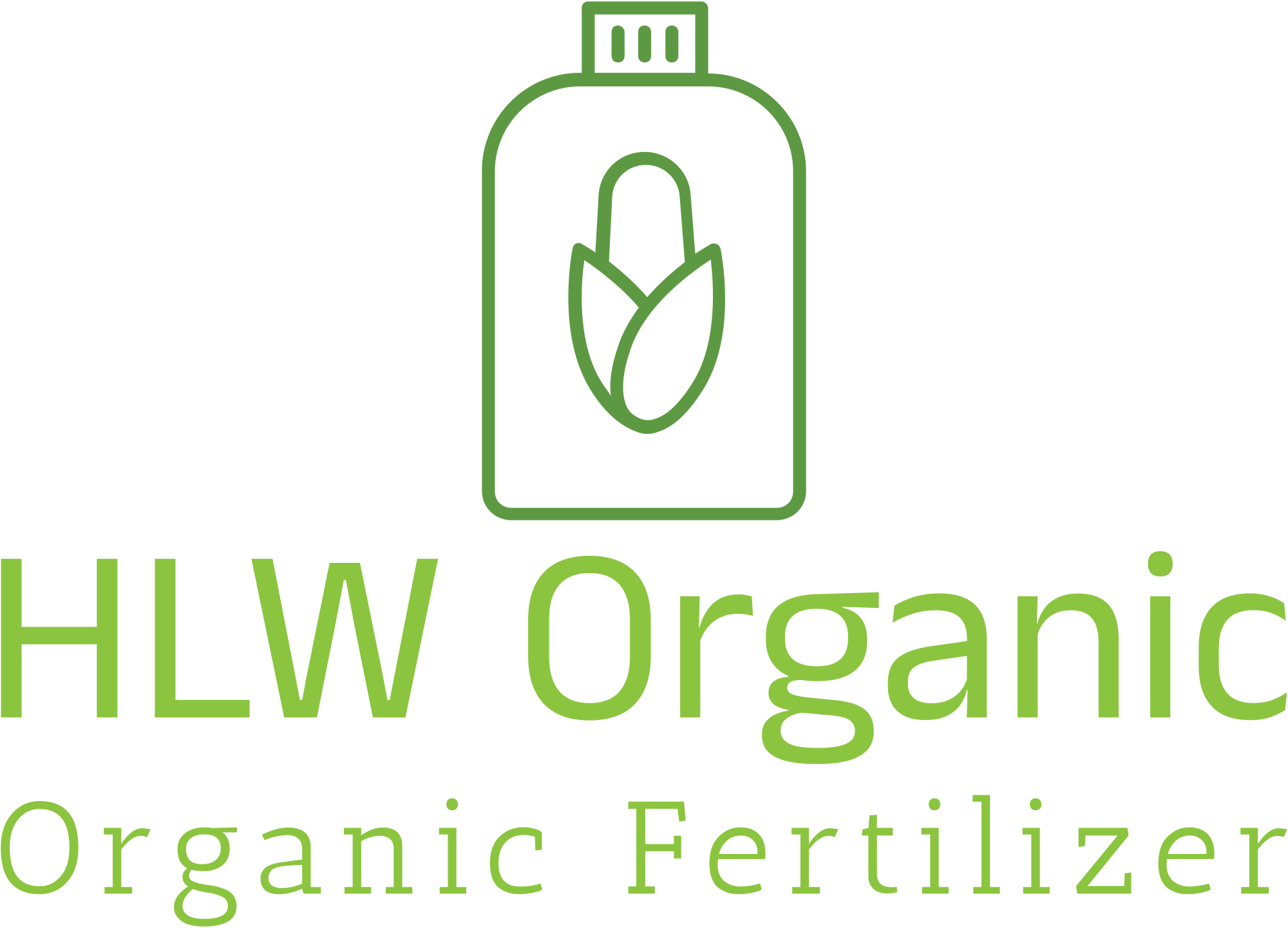Beautiful Plants For Your Interior

Potassium humate is a multifunctional mineral fertilizer suitable for a variety of crops. Its dosage needs to be adjusted according to the crop type, growth stage and application method. The following is a specific classification and dosage recommendation:
I. Applicable crop types
- Field crops
- Applicable scenarios: corn, wheat, rice, cotton, rapeseed, etc.
- Core role: improve soil compaction, enhance drought and cold resistance, and improve fertilizer utilization.
- Fruit trees
- Applicable varieties: apples, citrus, grapes, pears, peaches, etc.
- Core role: promote root development, increase fruit sugar content and quality, and alleviate continuous cropping obstacles.
- Vegetables
- Applicable varieties: leafy vegetables (cabbage, lettuce), melons and fruits (tomatoes, cucumbers), rhizomes (radishes, potatoes).
- Core role: shorten the seedling period, prevent falling flowers and fruits, and extend the shelf life.
- Cash crops
- Applicable varieties: sugarcane, tea, flowers, tobacco, etc.
- Core function: regulating soil pH, alleviating salinization, and promoting photosynthesis.
- Others
- Hydroponics/soilless cultivation**: used for nutrient solution preparation to enhance crop resistance.
- Seed treatment: seed dressing or seed soaking to improve germination rate (such as 0.5% powder for corn seed dressing).
II. Dosage and application method
- Base fertilizer (base fertilizer)
- Field crops: 1-2 kg per mu, mixed with compound fertilizer and organic fertilizer.
- Fruit trees: 3-4 kg per mu, used with conventional fertilizers.
- Vegetables: 2-3 kg per mu, ditch application or whole field application followed by plowing.
- Flush application/drip irrigation
- Field crops**: 200-300 g per mu, once every 7-15 days.
- Fruit trees: 1.5-3 kg per mu, 10 g for small trees and 20 g for large trees when irrigating roots.
- Vegetables:
- Seedling stage: 200-300 g/mu;
- Mature stage: 300-500 g/mu, 10-15 days apart.
- Foliar spraying
- Dilution multiple:
- Field crops: 8000-10000 times (such as corn, wheat).
- Fruit trees: 3000-5000 times.
- Vegetables: 5000-8000 times in seedling stage, 3000 times in mature stage.
- Spraying time: Avoid high temperature and strong light, it is recommended to spray the back of leaves in the morning and evening.
- Special Usage
- Seed dressing/seed soaking:
- Rice and wheat seed dressing: powder 0.3%-0.5%;
- Cotton seed soaking: 150g/mu; sweet potato seedling soaking: 200mg/L concentrate soaking for 8 hours.
- Root dipping/application:
- Fruit tree root dipping: concentrate diluted 400 times;
- Diseased and rotten parts of trees: concentrate diluted 1-2 times and directly applied.
III. Precautions**
- Avoid excessive: high concentration may burn roots, need to be diluted twice before use.
- Mixing taboos:
- Avoid mixing with strong acid fertilizers (such as ferrous sulfate);
- Can be compounded with neutral or acidic pesticides (such as fungicides, insecticides) for synergy.
- Soil conditions:
- Sandy soil has poor fertilizer retention, and the dosage can be increased by 10%;
- Clay soil fertilizer effect is slow, need to reduce the dosage.
- Usage cycle: It is recommended to use 3-4 times per crop season, with emphasis on pre-flowering, young fruit expansion and color change.
IV. Summary
The broad spectrum of potassium humate makes it suitable for almost all crops, but the dosage needs to be flexibly adjusted according to the crop type, growth stage and soil conditions. Reasonable combination with other fertilizers and pesticides can maximize its effects in improving soil, promoting root growth and seedling growth, and resisting adversity and enhancing efficiency.
